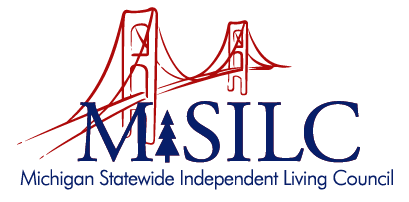On July 26, 1990, President George H.W. Bush signed the Americans With Disabilities Act (ADA) into law. To say this was landmark legislation is an understatement.
Thirty four years ago, life was very different for Americans living with disabilities. Before the ADA, people who used wheelchairs, for example, had few if any options when it came to using public restrooms. Public transportation was often out of reach because there was no way to board or ride with a wheelchair. Traversing curbs, opening doors, climbing stairs, even sitting next to friends at the movies were all out of reach. People with disabilities could be fired from their jobs or not hired in the first place solely because of their disability. They could be denied housing or other public accommodations. There were also no communication accommodations for people with deafness or blindness which often left people with disabilities shut out of the wider world.
But it’s important to remember that the ADA, which was introduced in Congress in 1988, did not appear out of thin air. The passage of the ADA was the culmination of a grassroots effort of many, many years where people continually challenged how disability was viewed and how people with disabilities were treated as a result of widespread misperception and, frankly, fear.
Arlene Mayerson, the Directing Attorney of Disability Rights Education & Defense Fund, wrote in 1992, “The ADA story began a long time ago in cities and towns throughout the United States when people with disabilities began to challenge societal barriers that excluded them from their communities, and when parents of children with disabilities began to fight against the exclusion and segregation of their children. It began with the establishment of local groups to advocate for the rights of people with disabilities. It began with the establishment of the independent living movement which challenged the notion that people with disabilities needed to be institutionalized, and which fought for and provided services for people with disabilities to live in the community.”
While ostensibly the ADA is the reason why we celebrate Disability Pride Month in July, the ADA is much more than a piece of paper with a presidential signature. When we celebrate Disability Pride we are celebrating the many activists and advocates who came before us and reaffirming our determination to continue working for an even more inclusive and accessible future.
“From a civil rights perspective,” wrote Mayerson, “the Americans with Disabilities Act is a codification of simple justice.”
Justice, however, rarely comes without a fight. And people with disabilities understand what it means to challenge injustice and proclaim their right to live full lives in an inclusive society. And if that isn’t reason to be proud, what is?





